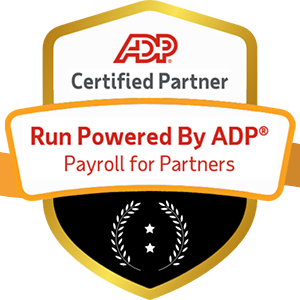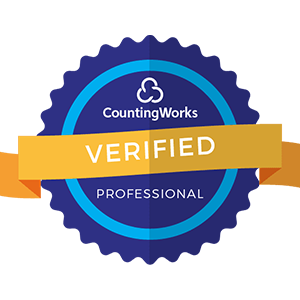
In the world of mergers and acquisitions (M&A), there are countless moving parts that require careful coordination and attention to detail. One critical aspect that often gets overlooked is the merging of payroll systems. A smooth payroll transition is essential to ensure that employees continue to receive their paychecks on time and without interruption. In this article, we'll explore the key considerations and best practices for merging payroll in M&A, drawing on expert insights and real-world examples.

When two companies merge or one acquires another, the integration of payroll systems is a critical step in the process. Payroll is not only a legal requirement but also a fundamental aspect of employee well-being and morale. Any disruptions or delays in payroll can lead to significant consequences, including:
According to a survey by the American Payroll Association, 49% of employees would start looking for a new job after just two payroll errors. This highlights the importance of getting payroll right during an M&A transition.
One of the most critical aspects of merging payroll in M&A is timing and planning. It's essential to start the process early and allow ample time for data integration, testing, and troubleshooting. Ideally, payroll should be one of the first functions to be integrated, as it directly impacts employee well-being and retention.
Merging payroll systems involves the integration of vast amounts of employee data, including personal information, compensation details, benefits, and tax withholdings. Ensuring the accuracy and completeness of this data is crucial to avoid errors and delays in payroll processing.
Best practices for data integration include:
Payroll is subject to a complex web of legal and regulatory requirements, which can vary by state, country, and industry. When merging payroll systems, it's essential to ensure compliance with all applicable laws and regulations, including:
Failure to comply with these requirements can result in significant legal and financial consequences, including fines, penalties, and lawsuits.
Merging payroll systems can be a significant change for employees, and effective communication is key to ensuring a smooth transition. Best practices for communication and change management include:

When Microsoft acquired LinkedIn for $26.2 billion in 2016, the integration of payroll systems was a significant challenge. With over 10,000 employees across multiple countries, LinkedIn had a complex payroll structure that needed to be seamlessly integrated with Microsoft's existing systems.
To ensure a smooth transition, Microsoft and LinkedIn established a dedicated payroll integration team, which worked closely with HR, finance, and IT to plan and execute the merger. The team conducted extensive data audits and testing to ensure accuracy and compliance, and provided clear communication and support to employees throughout the process.
As a result of these efforts, the payroll integration was completed on time and without any major disruptions or errors. This success was a testament to the importance of careful planning, collaboration, and communication in merging payroll systems during M&A.
When Amazon acquired Whole Foods for $13.7 billion in 2017, the integration of payroll systems was a massive undertaking. With over 87,000 employees across 470 stores, Whole Foods had a complex and decentralized payroll structure that needed to be integrated with Amazon's highly automated and centralized systems.
To tackle this challenge, Amazon and Whole Foods established a cross-functional team that included payroll experts, HR professionals, and IT specialists. The team conducted extensive data mapping and testing to ensure accuracy and compliance, and worked closely with store managers and employees to provide training and support throughout the transition.
Despite the complexity of the integration, the payroll merger was completed successfully and without any major issues. This success was a testament to the importance of cross-functional collaboration, data accuracy, and employee engagement in merging payroll systems during M&A.
Merging payroll systems in M&A is a complex and critical process that requires careful planning, execution, and communication. By prioritizing payroll integration early in the M&A process, ensuring data accuracy and compliance, and engaging employees throughout the transition, companies can avoid costly errors and disruptions and ensure a smooth and successful payroll merger.
As the examples of Microsoft and LinkedIn and Amazon and Whole Foods demonstrate, successful payroll integration in M&A requires a collaborative and cross-functional approach that puts employee well-being and engagement at the forefront. By following best practices and learning from real-world examples, companies can navigate the challenges of payroll integration and emerge stronger and more unified on the other side.
---
This article provides general guidance on payroll integration during M&A transactions. For specific legal and compliance advice, consult with qualified professionals familiar with your jurisdiction and industry requirements.


